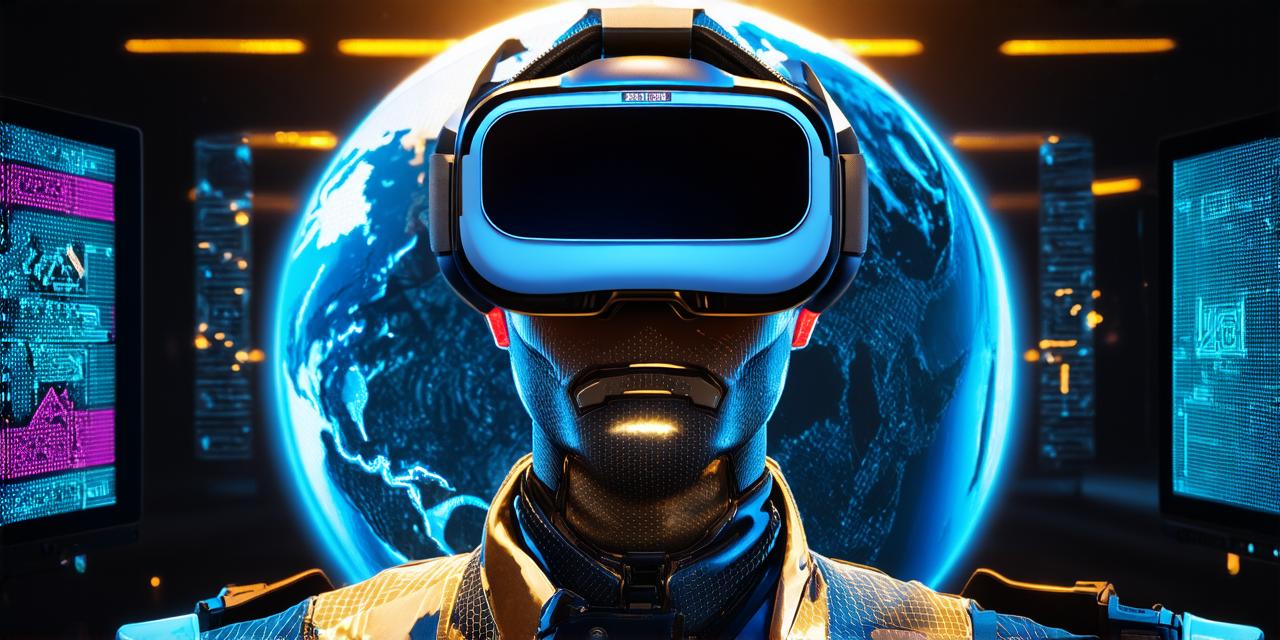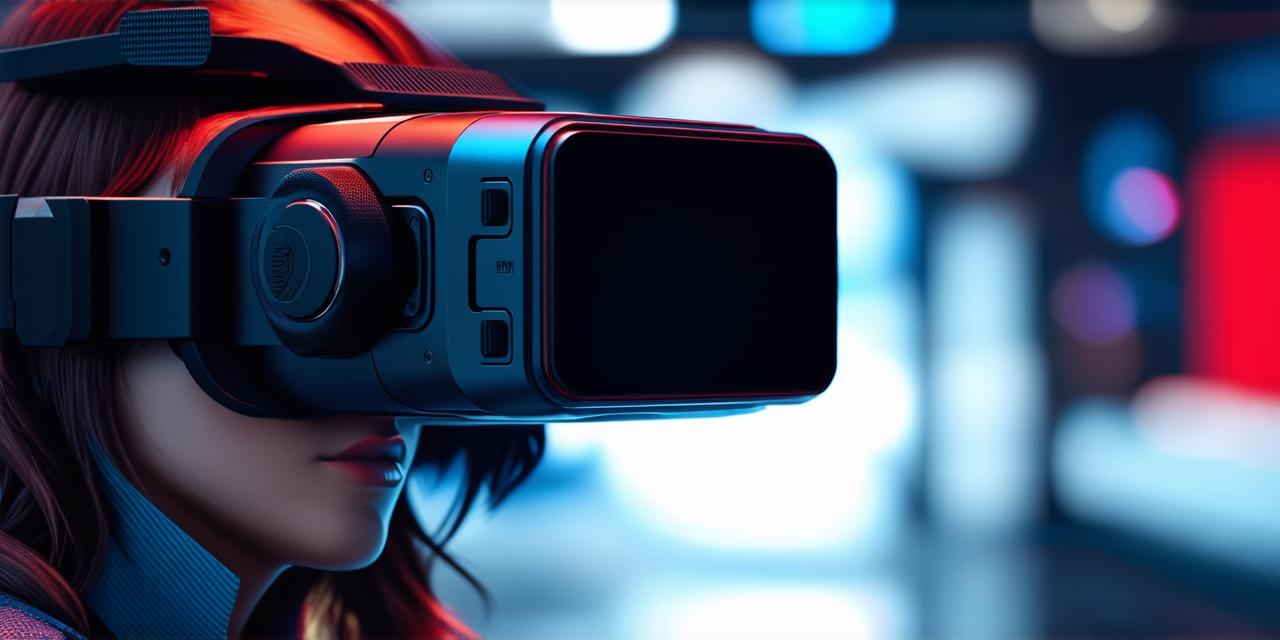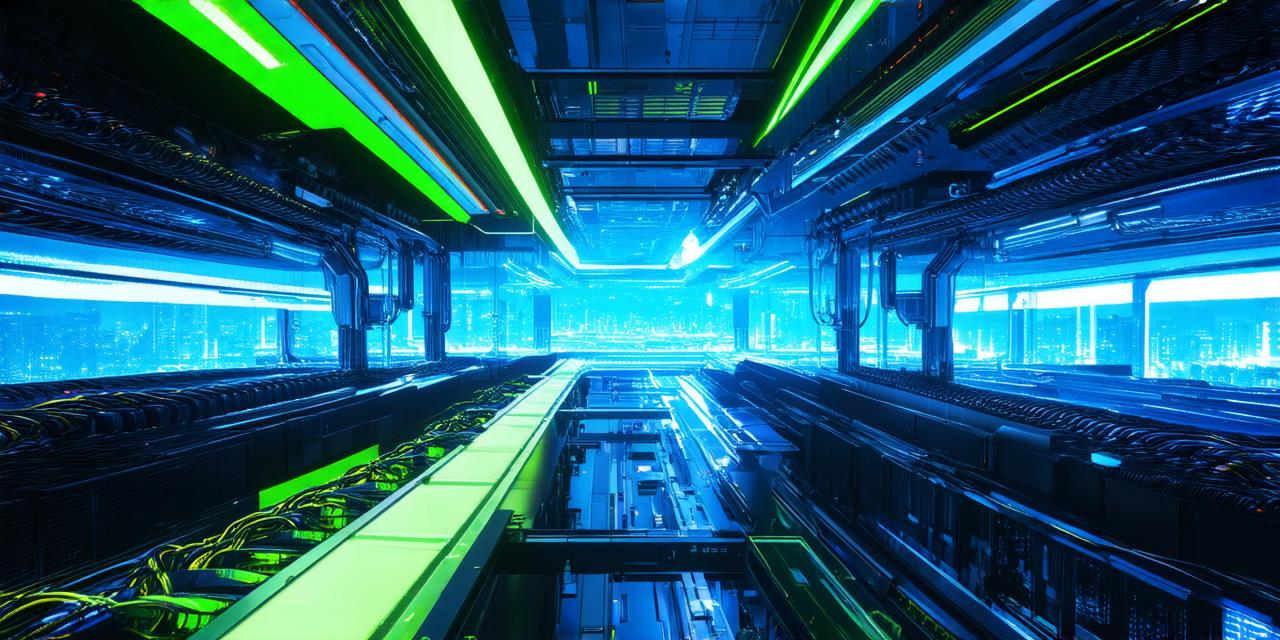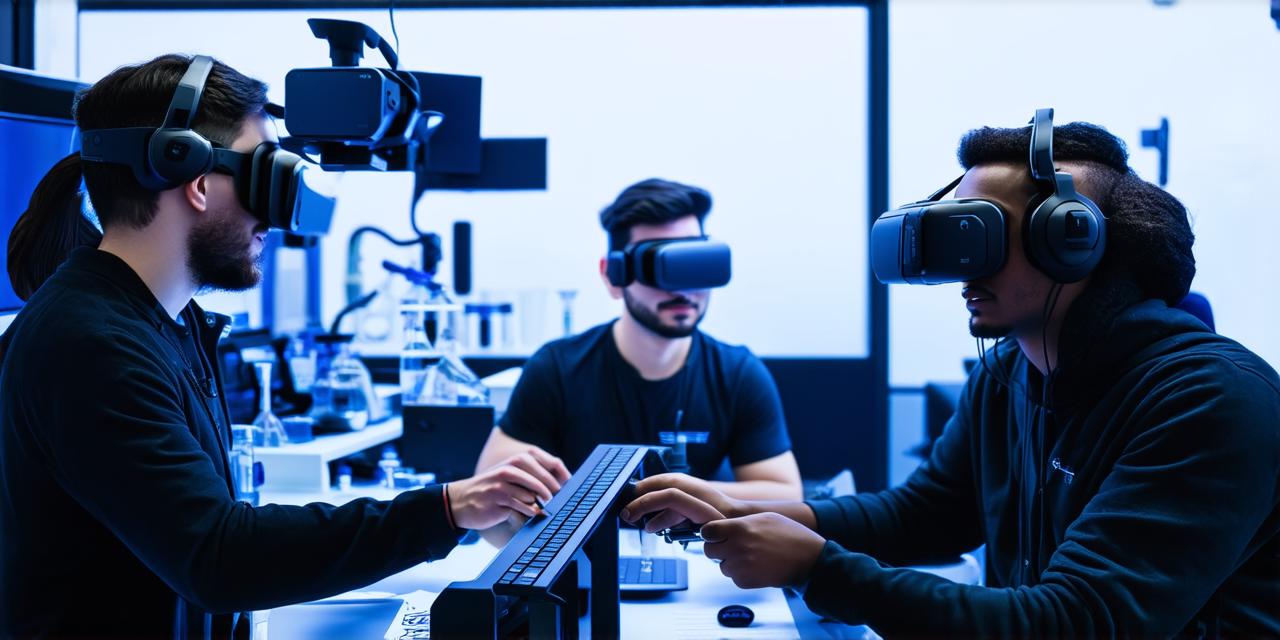Virtual reality (VR) is an emerging technology that allows users to experience immersive and interactive environments in a digital format. In this article, we will explore the key characteristics of VR and how they differ from traditional forms of media. We will also discuss the potential applications of VR and its impact on industries such as gaming, education, and healthcare.

Immersive Experiences
One of the most significant characteristics of VR is its ability to create immersive experiences that feel real. This is achieved through the use of specialized headsets or displays that track the user’s movements and adjust the visual output in real-time. For example, when using a VR headset, the user sees two screens that are projected slightly off-center, creating an illusion of depth and perspective. Additionally, some VR systems include haptic feedback devices, such as gloves or vests, which can simulate physical sensations like touching or being grabbed.
Interactivity
Another key characteristic of VR is its interactivity. Unlike traditional forms of media, such as movies or TV shows, VR allows users to actively participate in the experience. This means that users can explore virtual environments, interact with virtual objects, and even affect the outcome of a story or scenario. For example, in a VR game, the user might physically duck or dodge to avoid obstacles or engage in hand-to-hand combat with virtual enemies.
Realistic Visual Representation
VR technology is rapidly improving, and one of the ways this is evident is in the realistic visual representation of virtual environments. High-resolution displays, advanced graphics processing units (GPUs), and sophisticated tracking systems all contribute to creating highly detailed and lifelike virtual worlds. This can be particularly useful in industries such as architecture or interior design, where users can explore different design options and see how they would look in a real-world setting without having to physically build them.
Accessibility
One of the great things about VR is its accessibility. Unlike traditional forms of media, which often require expensive equipment or specialized skills, VR can be experienced by almost anyone with a computer and an internet connection. Additionally, VR technology is constantly evolving, with new and more affordable devices becoming available all the time. This means that as the technology becomes more widespread, we can expect to see even more innovative and exciting applications of VR in the future.
Potential Applications
The potential applications of VR are virtually limitless, and new uses for the technology are being discovered all the time. In gaming, VR offers a highly immersive and interactive experience that can transport players into completely new worlds and allow them to engage with characters and environments in ways that were previously impossible. In education, VR can be used to create virtual field trips or simulations that allow students to explore historical events or scientific concepts in a more engaging and memorable way. In healthcare, VR can be used for therapy, training medical professionals, or even as a tool for pain management.
Conclusion
Virtual reality is an exciting and rapidly evolving technology that offers users highly immersive and interactive experiences. Its ability to create realistic visual representations, its accessibility, and its potential applications make it a truly revolutionary tool with the power to transform industries and change the way we experience the world around us. As VR continues to advance, we can expect to see even more innovative and exciting uses for this technology in the future.




